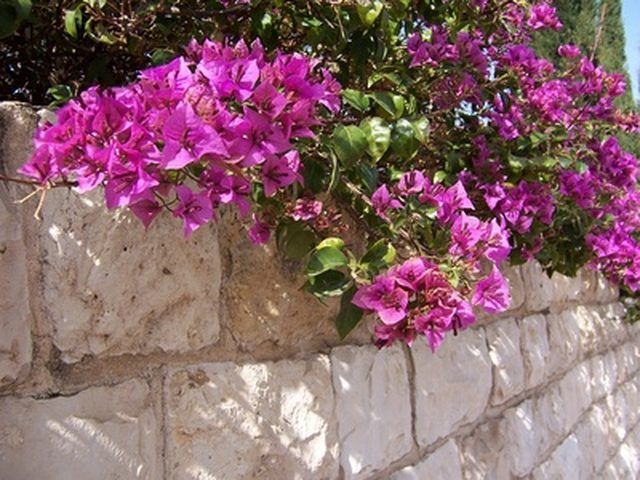Bulbs
Flower Basics
Flower Beds & Specialty Gardens
Flower Garden
Garden Furniture
Garden Gnomes
Garden Seeds
Garden Sheds
Garden Statues
Garden Tools & Supplies
Gardening Basics
Green & Organic
Groundcovers & Vines
Growing Annuals
Growing Basil
Growing Beans
Growing Berries
Growing Blueberries
Growing Cactus
Growing Corn
Growing Cotton
Growing Edibles
Growing Flowers
Growing Garlic
Growing Grapes
Growing Grass
Growing Herbs
Growing Jasmine
Growing Mint
Growing Mushrooms
Orchids
Growing Peanuts
Growing Perennials
Growing Plants
Growing Rosemary
Growing Roses
Growing Strawberries
Growing Sunflowers
Growing Thyme
Growing Tomatoes
Growing Tulips
Growing Vegetables
Herb Basics
Herb Garden
Indoor Growing
Landscaping Basics
Landscaping Patios
Landscaping Plants
Landscaping Shrubs
Landscaping Trees
Landscaping Walks & Pathways
Lawn Basics
Lawn Maintenance
Lawn Mowers
Lawn Ornaments
Lawn Planting
Lawn Tools
Outdoor Growing
Overall Landscape Planning
Pests, Weeds & Problems
Plant Basics
Rock Garden
Rose Garden
Shrubs
Soil
Specialty Gardens
Trees
Vegetable Garden
Yard Maintenance
Bougainvillea & Cold Temperatures
Bougainvillea & Cold Temperatures. Bougainvillea, a tropical vine native to Brazil and a member of the Nyctaginaceae family, is best known for its brilliant blooms covering long, tumbling vines. Bougainvillea can be grown as a vine or shrub and does well in hanging baskets or standing containers or on trellises. The bougainvillea is hardy in zones...

Bougainvillea, a tropical vine native to Brazil and a member of the Nyctaginaceae family, is best known for its brilliant blooms covering long, tumbling vines. Bougainvillea can be grown as a vine or shrub and does well in hanging baskets or standing containers or on trellises. The bougainvillea is hardy in zones 8 to 10 and can tolerate temperatures as low as 30 degrees F., but only for a short time. Freezing temperatures can trigger leaves and flowers to drop. Overall, bougainvillea's sensitivity to cold requires moving the plant inside if it's in a northern climate.
Features
Bougainvillea flowers boast colors ranging from red to magenta, orange, pink and purple. Its long, woody vines are covered with thorns that can cause a mild rash when touched. Flowers are distinguished by their small, white flowers surrounded by up to six paperlike bracts (small, modified leaves). Leaves are heart-shaped and deep green. This vine can be propagated only from cuttings. Bougainvillea bears no seeds but produces many varieties by mutating frequently.
Background
Bougainvillea is popular in landscaping because of its showy flowers. Today, more than 300 varieties can be found worldwide, all hybrids stemming from the 18 South American bougainvillea species botanists recognize. The plant was named for Admiral Louis de Bougainvillea, who discovered it in 1768 during a journey to the Pacific. The plant was officially classified that same year by French botanist Philbert Commercon. In the next century, bougainvillea became familiar throughout Europe and beyond.
Growing Conditions
Bougainvillea requires plenty of full sun and heat. If grown in bright light conditions, it will bloom nearly continuously for weeks. The plant thrives in dry, hot conditions that prompt it to bloom more. Bougainvillea does well in containers and when allowed to become root bound. Water thoroughly, but infrequently. Use humus to keep the soil well-drained and moist, not soggy. Bougainvilleas do not tolerate shade or wet soil. For continuous blooming, fertilize regularly.
The bougainvillea can be grown in colder climates, but will go dormant in winter or late fall. When temperatures dip below 40 degrees F., store your bougainvillea inside with low light and temperatures above 60 degrees F.
Overwintering
It is critical to protect your bougainvillea from frost, which stops blooming and can kill the plant. To over-winter bougainvillea, force it into dormancy or tend it inside as a houseplant. To trigger dormancy, place the bougainvillea in a basement or garage, where it is dark and temperatures remain above 32 degrees F. Minimize watering. The leaves will fall off. Check the soil throughout winter, water sparingly and do not fertilize. In spring, replant the bougainvillea in new soil, water well and reintroduce it gradually to filtered light.
To acclimate your bougainvillea to houseplant conditions, place it by an east or north window, where the temperature is 50 to 60 degrees F. Water infrequently. Prune slightly; prune more in spring before new growth appears. If you have a greenhouse, store your bougainvillea there. Maintain temperatures of 50 to 110 degrees F. so it continues blooming.
Pests
Bougainvillea draws few if any insects or pests. Occasionally, aphids might appear, so treat with a suitable pesticide. Check with your local gardening supply store or nursery.